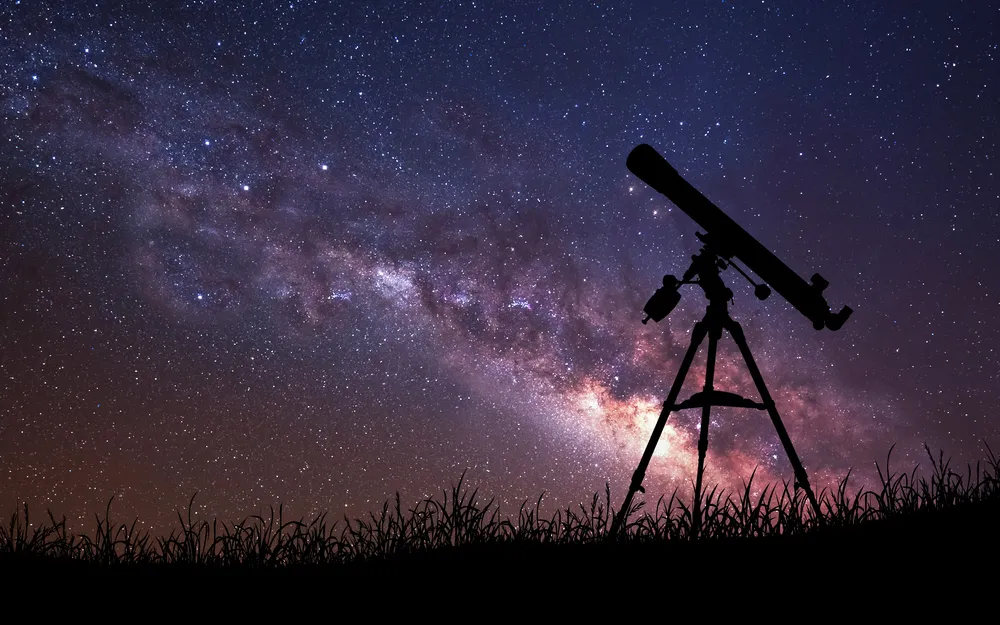Curriculum

Periscope - A Wonder Device
A periscope is an instrument for observation over, around or through an object, obstacle or condition that prevents direct line-of-sight observation from an observer’s current position In this session participants will learn about periscopes, its working principles and uses.
Science of Parachutes
Parachute, a device that slows the vertical descent of a body falling through the atmosphere or the velocity of a body moving horizontally. Participants will be introduced with this amazing device, they will learn about its origin, working principles and various applications.
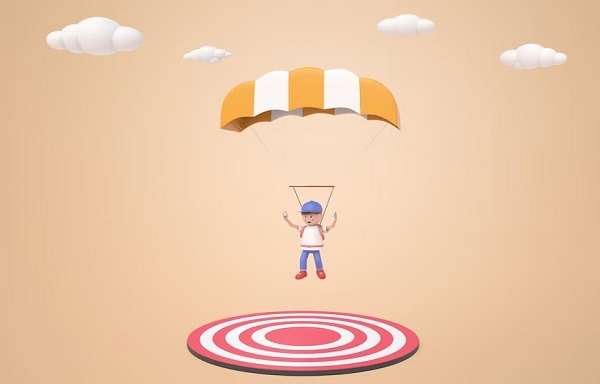
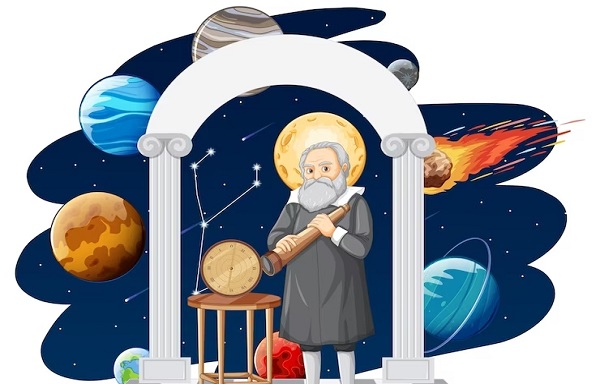
Ancient Astronomy
Since antiquity, humans have been looking up to the sky and trying to learn about the things present out in the sky. Different people from ancient cultures over the period of time developed sophisticated systems for observing and interpreting the sky, participants will be introduced to ancient astronomy and observations from different cultures.
Tremors
A natural disaster is a major adverse event resulting from natural processes of the Earth and Earthquakes are one of them. This session is to make participants know about the quakes on the different celestial bodies and the reason behind them.
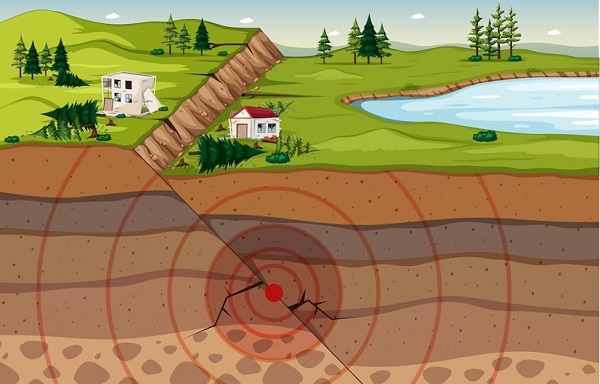
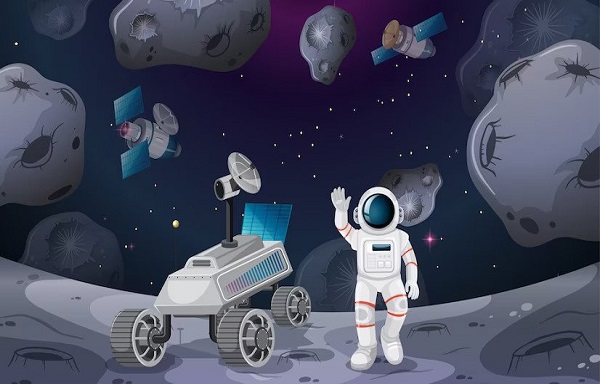
Footprints on the Moon: Journey of Apollo
Over half a century ago, on July 20, 1969, humans walked on the Moon for the first time and returned to walk on the lunar surface five more times. This mission, Apollo 11, was a part of the Apollo Program (1961-1972), which sought to revolutionize our relationship with space. In this session participants will learn about how space race begins and how it helped world to be technologically advanced in space science and led to the Human Moon landings
India on the Moon
India is the elite group of the countries who had sent their own mission to the Moon and this session will give a detailed insight on the journey of India to Moon, various missions to the Moon and the planned missions in future.
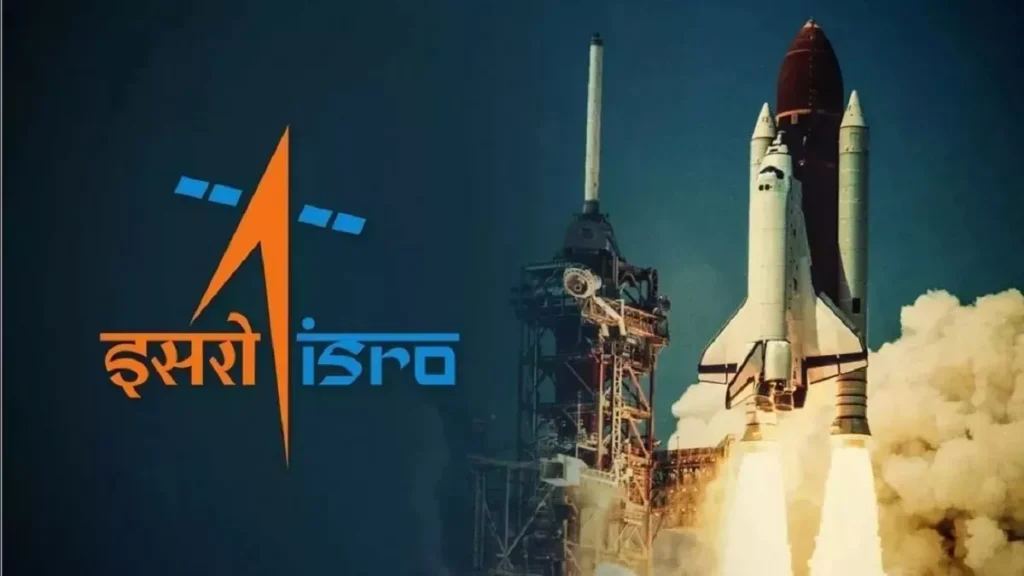

Mars Exploration
After Moon, Mars has been the next hot cake amongst the planetary scientists. They have also made plans to settle humans on the Mars. In this session, you will understand the need to explore the red planet Mars, timeline of Mars exploration, various mission sent to explore mars and their findings.
Eclipses
Eclipses are spectacular games of light, shadows and celestial objects. They offer unique opportunities for the study of the universe and force mankind to acknowledge the scale and awe inspiring beauty of the cosmos. Let’s take an in depth look at the inner workings of these glorious events and also learn the correct way to safely observe them.
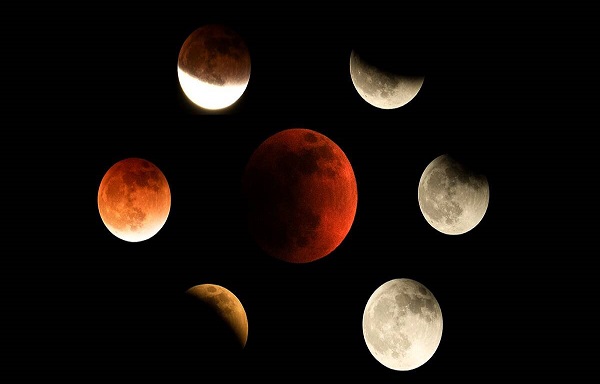
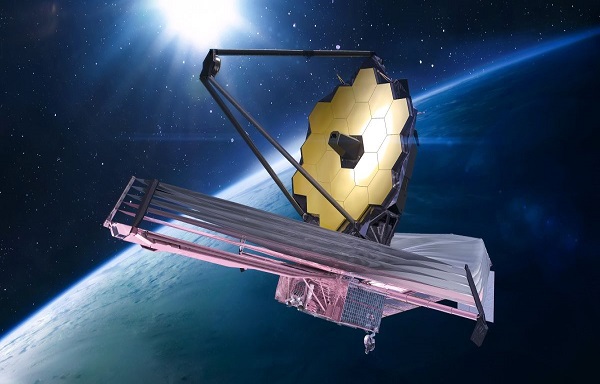
James Webb Space Telescope
NASA’s James Webb Space Telescope, the successor to the famous Hubble telescope, launched to peek back farther into the universe’s past than ever before. It is the largest and most powerful space telescope ever launched. This session is to know about the James Webb Space Telescope, its parts, location, size, parts etc. in detail. They will also understand why it is called successor of Hubble Space telescope.
Orientation to Telescope and Sky Observation
This session aims to introduce telescopes to the participants. This will be discussion to learn about the different types of telescopes, their structure. They will also learn the difference between microscope and telescope. They will also take a look at the marvels of the sky through a software.
